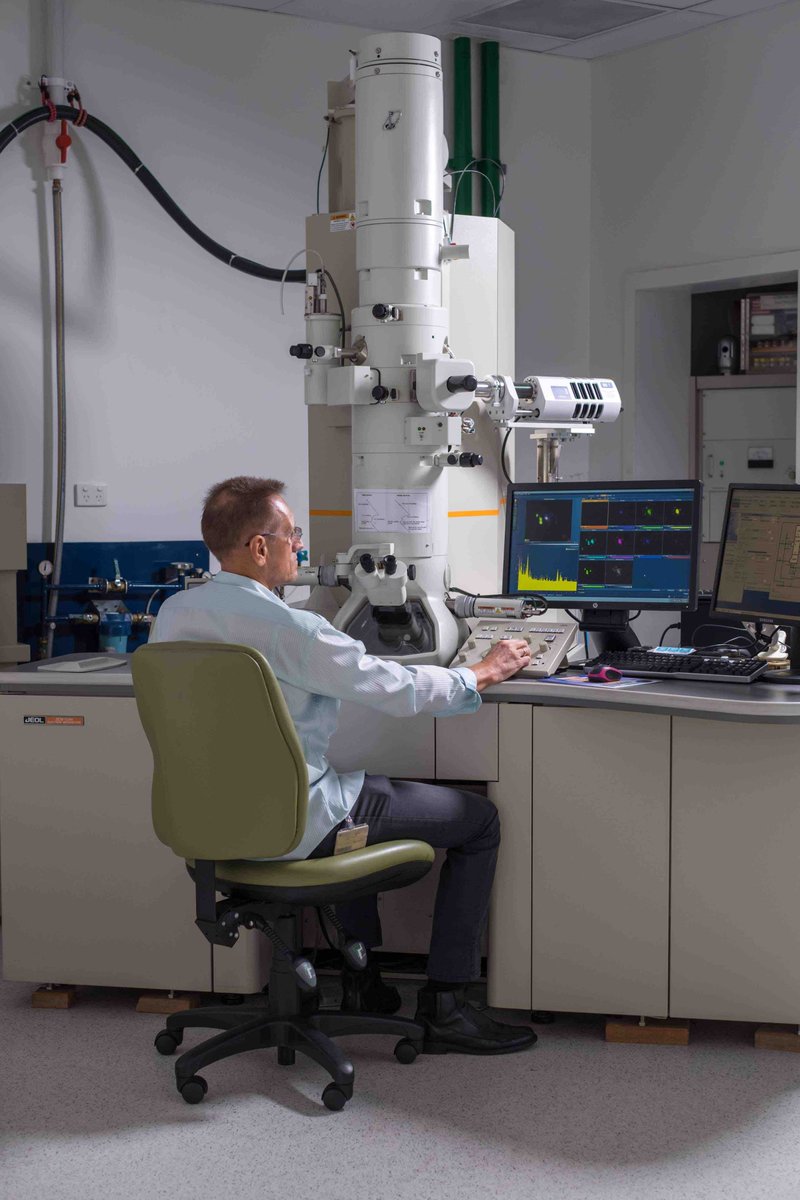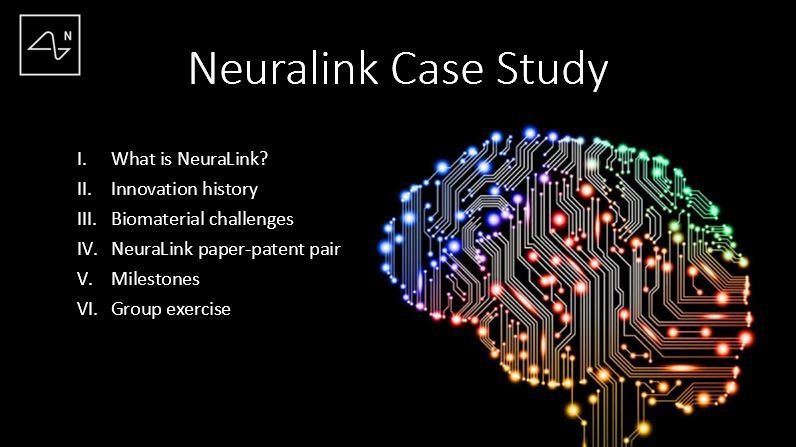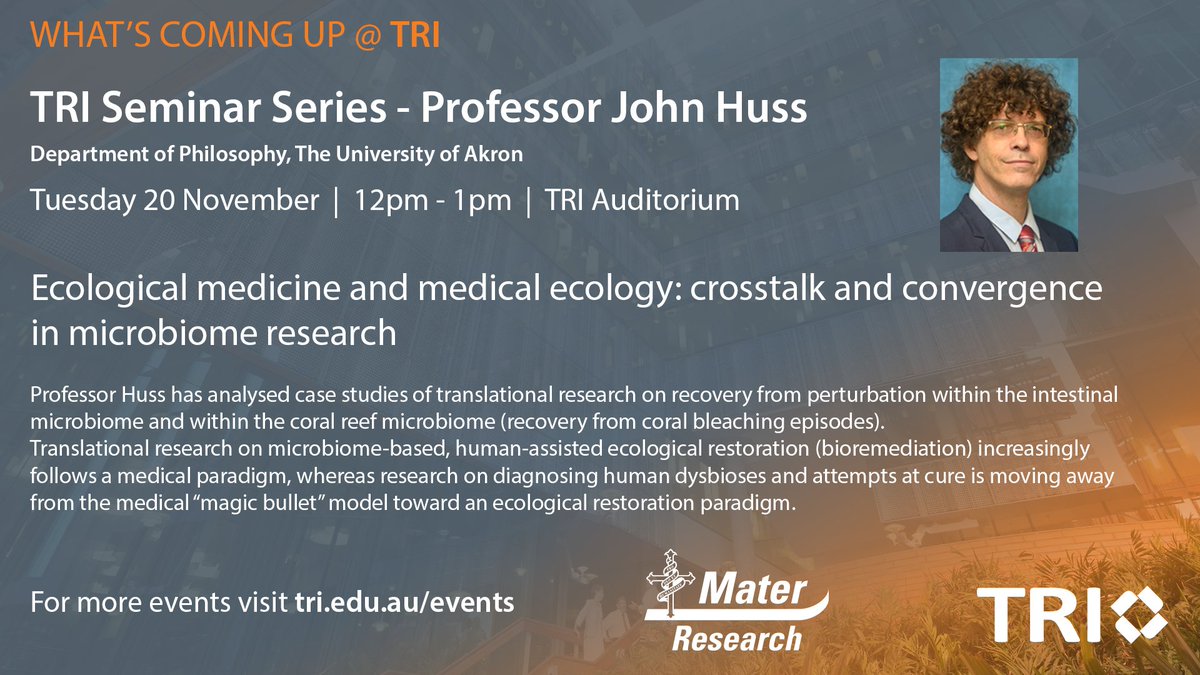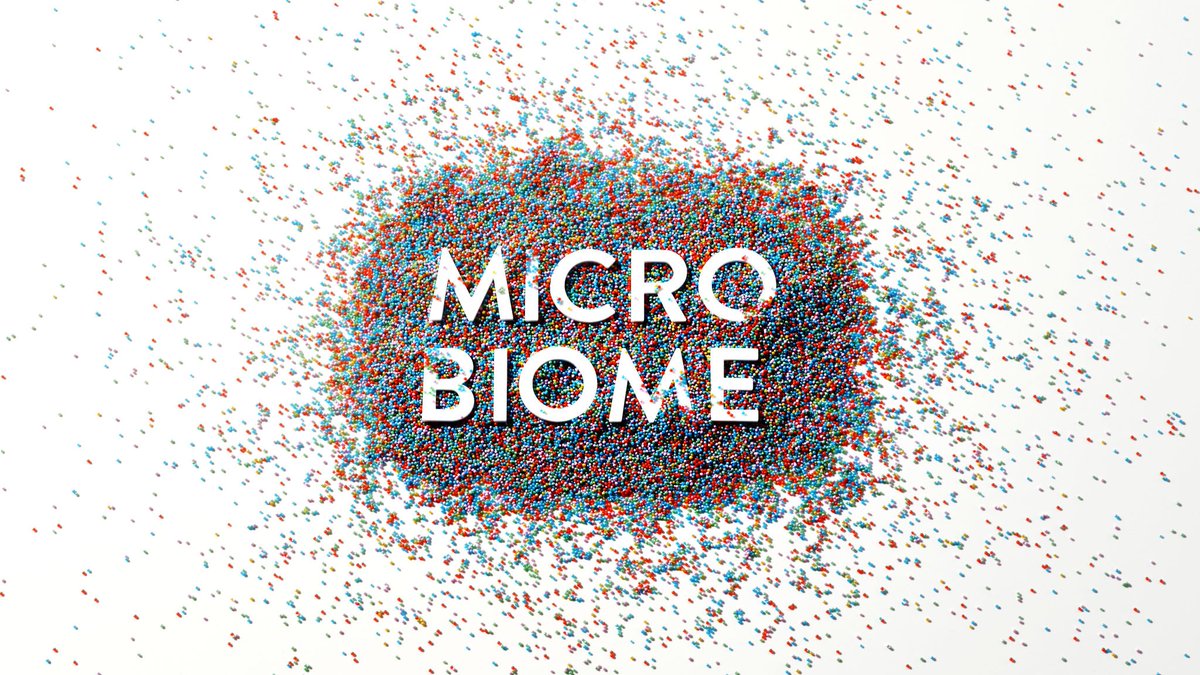
"Sorghum is a compelling bioresource for the sustainable production of cellulose nanofibres"
🌾
Our new research in Industrial Crops & Products made a reality with the help of @Crooked50 @Godwin_UQ, Darren Martin et al. #bioeconomy #nanocellulose #sorghum
sciencedirect.com/science/articl…
🌾
Our new research in Industrial Crops & Products made a reality with the help of @Crooked50 @Godwin_UQ, Darren Martin et al. #bioeconomy #nanocellulose #sorghum
sciencedirect.com/science/articl…
The engaging graphical abstract was born from a creative collaboration with @cautioushopeful, which wouldn't have been possible without @LifeologyApp's science-art platform!! 👐
This research started all the way back in 2018 with 10 different sorghum varieties being selected & grown at @UQGattonUpdate w/ @Crooked50 in this plot ↓↓↓ 

Biomass was dried, ground, processed under chemical and mechanical treatment into cellulose nanofibres in aqueous suspension, and dewatered to form a Nanopaper handsheet. 

Nanopaper was mechanically tested, with insights from the data helping distill the number of varieties included for comprehensive investigation in the next growing season (2019-2020) 

The biomass 'library' was distilled down to 4 varieties for comprehensive investigation in the 2019-2020 growing season. Here are my plots (including some tall stature varieties) sheltering within a field of grain sorghum. 

The 4 sorghum varieties selected for investigation included Sugargraze, Yemen, GreenleafBMR, and Graingrass, which varied along the axes of plant phenotype, evolutionary history, and industrial relevance 

After 90 days of growth, we harvested this biomass from the field (all 306kg of it) and transported it to the lab in March 2020. This obviously coincided with covid making the lab empty of people, so a forest of sorghum was allowed to grow as we sorted the biomass 

Each sorghum plant was sorted into Stem, Leaf and Sheath sections. For the tall stature varieties (Sugargraze, Yemen), the stem was further sorted into sections above (Stem>1m) and below the 1 meter level (Stem<1m) 

The percentage biomass breakdown was calculated for each variety, showing that stem dominates biomass yield (*calculated on a wet basis) 

Dried biomass samples of each variety and section were transformed into powder through grinding w/ a Retsch SM300 knife mill at a constant speed 

Each biomass sample underwent chemical pretreatment with 2wt% NaOH at 80°C for 2 hrs (biomass to water ratio = 1:20). This process was kept as identical as possible for each sample in order to reduce the batch-to-batch variability (important for statistical modelling) 

Following chemical pretreatment, each sample was passed through a high pressure homogeniser (HPH) for mechanical treatment. Similar to how a HPH sterilises milk through shear force disintegration of microorganisms, the HPH of biomass pulp deconstructs plant fibres w/ shear force 

This generates a viscous suspension of cellulose nanofibres (CNF) in water, with CNF properties dependent on the pressure level you set for the fluid to pass through the small orifice, and how many passed through the machine at each energy level. 

The HPH energy level was the only parameter changed throughout processing, and the three levels consisted of:
(L) Low energy = 400 bar pass,
(M) Medium energy = 400b + 700b,
(H) High energy = 400b + 700b + 2 * 1100b passes
(L) Low energy = 400 bar pass,
(M) Medium energy = 400b + 700b,
(H) High energy = 400b + 700b + 2 * 1100b passes
After CNF production, the nanofibres suspended in water at ~0.5wt% were fabricated into a circular nanopaper material through dewatering and drying with a Rapid Köthen handsheet former (Xell, Austria) 

side note: I've easily made more than 200 nanopaper handsheets throughout my PhD 🙃
The key characterisation method is the mechanical performance of nanopaper material (as described earlier), which involves tensile strength, toughness, stiffness and ultimate strain (stretch) at break. 2 nanopaper duplicates were made per sample & 8 strips per nanopaper 

From a total of 582 mechanical property datapoints across different sorghum varieties, sections, and processing energy levels, this graph was generated to visualise and compare the means of each sample population. 

The average rank order of sorghum varieties across all sections and energy levels is: Graingrass > GreenleafBMR > Yemen > Sugargraze.
.
GreenleafBMR & Graingrass stem nanopaper was strongest, Yemen was tough, and sheath sections were relatively strong at the low energy level.
.
GreenleafBMR & Graingrass stem nanopaper was strongest, Yemen was tough, and sheath sections were relatively strong at the low energy level.
Nanopaper tensile index increased with the additional input of mechanical energy, but low energy nanopaper samples performed surprisingly well, with some of the nanopaper strips reaching up to 113 Nm/g. 

This was not the only characterisation method performed, with additional methods including: Biochemical Composition, Fibre Morphology (MorFi), Sedimentation Behaviour, Water Retention Value (WRV), and TEM analysis.
Biochemical Composition was measured in 2 ways: either through direct wet chemical analysis, or indirect analysis with near infrared light spectroscopy (NIRS). These 2 methods were assessed with the help of @Celignis (Limerick, Ireland) & compared across varieties and sections 

Fibre morphology was assessed through a MorFi optical flow microscopy device (Techpap, France). This device outputs data on up to 21 different fibre morphology parameters, but an important parameter is fibre aspect ratio (length divided by width). 

Leaf samples across all varieties had the highest Aspect Ratio when processed under high energy. This trend continued in the subsequent Sedimentation & Water Retention Value sections...!
This is still an indirect measurement of cellulose nanofibre quality & aspect ratio, because the MorFi device only detects micron-scale material. Another indirect measure of CNF aspect ratio is through Sedimentation Behavior, where CNF concentration is diluted and left to settle 

Sedimentation-predicted aspect ratio shows that Leaf is once again the highest of all sections for each variety! 

Water Retention Value is a similar characterisation method that assesses how much water is retained within the nanofibre network after a set centrifugation process at a set starting concentration. The results show that once again Leaf samples have the highest WRV 

These were the originally submitted characterisation methods, but our Reviewers questioned whether or not our samples actually contained nanofibres as stated. Transmission Electron Microscopy (TEM) was subsequently performed @CMMUQ1 by @KatG07689901 to answer this question. 

To elucidate the fibrous material present within a sorghum CNF suspensions, we collated a TEM image panel of different sorghum varieties, sections, and energy levels. This allowed for the visualisation of nanofibre morphology evolution over their processing energy series! 

From these images & others, we calculated the minimum and maximum fibre width for each samples. This allowed for the comparison of fibre width range, and confirmed that nanofibres were in fact present within sorghum CNF! 

Ultimately, this work launches #sorghum as a compelling biomass resource for sustainable nanomaterial production in the future. It is already a comparatively sustainable biomass source because of its drought tolerance, but is also amenable to sustainable processing!
The most surprising aspect for me: some low energy nanopaper samples reached up to a tensile index of 113 Nm/g. With just 1 HPH pass at 400bar following mild alkali pretreatment, that's incredibly high! I have high hopes for sorghum sustainability in our future #Bioeconomy
Acknowledgements for this work include: @cautioushopeful for the co-creation of this study's graphical abstract and @LifeologyApp for hosting this collaboration. @UQ_News @theGRDC for scholarship & project funding, and Dugalunji Aboriginal Corporation for in-kind support
@threadreaderapp unroll
• • •
Missing some Tweet in this thread? You can try to
force a refresh






